South West Capes, WA

Days 32-36: 6th-10th October
(6200km)
Well, we’re now as far west as our trip will take us - and in fact as far as it’s possible to go short of driving a long way north to Useless Loop. (Yes, there is actually a place with that name at the most westerly point on the Australian mainland - have a look on Google Maps).
We’ve spent the past few days exploring the chunk of land in the south-western corner of WA, which juts out into the Indian Ocean. WA Parks and Wildlife Service call this region the South West Capes. Cape Naturaliste is at the northern tip of South West Capes, Cape Leeuwin at the southern.
Cape Leeuwin
Cape Leeuwin is only a short drive from our first campsite in the South West Capes region, at Hamelin Bay. On the day we visited, the wind was howling. I’m guessing this is the normal state of affairs.
Knowing that we were looking out on the Indian Ocean - an exotic body of water for us east coasters - made this place quite special for us.
Looking north from Cape Leeuwin. The west coast of Western Australia starts here…
A Pacific Gull wends its way around Cape Leeuwin, completely at home in the wild conditions. In contrast, we struggled to stand upright.
Cape Leeuwin lighthouse. We arrived too late to do the guided tour. We had considered paying the entry fee so we could get a sighting of the Rock Parrots, which graze on the lawns alongside the lighthouse. That would have been a lifer.
Impressions of the South West Capes Region
This region has an interesting mix of natural and human-altered landscapes in a relatively small area.
The Leeuwin-Naturaliste National Park runs in a largely continuous strip along the coastline between Capes Leeuwin and Naturaliste. It includes a variety of habitat and vegetation types, ranging from coastal heathland to tall Karri and Jarrah forests.
Coastal heath in the Leeuwin-Naturaliste National Park, near Gracetown
The national park, together with several nature reserves on crown land, preserves a large area of unspoiled nature.
However there are many other land uses - potentially competing - in this region: the vineyards and wineries of Margaret River, dairying, hobby farms and, of course, tourism (that’s us!).
All of this activity gives this part of the world quite a different character to places we’ve visited on our WA trip to date. The contrast between the quiet roads of the South Coast and the heavy traffic on the Bussell Highway, which traverses the South West Capes region in a north-south direction, is striking.
It’s a busy place, even in mid-Spring, when the weather is quite indifferent. Don’t be fooled by the blue sky in some of my photos!
Hamelin Bay
Our first campsite, Hamelin Bay, is a popular tourist stop. It’s famous for its rays, which come into shore close enough that you can wade amongst them in knee-deep water.
The rays swim alongside the ruins of a jetty, which was used to load karri and jarrah logs onto sailing ships for transport to England in the 19th century.
The coastline with its crumbling limestone cliffs reminds me of the landscape south of Adelaide. It may share a common geological history.
The bay next to Hamelin Bay is not too shabby either.
The campground was pretty empty as most people just come for a day trip to commune with the rays at this time of the year. So our campsite was very quiet.
We did receive regular visits from a rather pesky Red Wattlebird and a pair of Ringneck Parrots decided to check out our camping table for food scraps. They were so attractive we excused their rude behaviour. This is one of the offenders.
Orchid Hunting
We made another drive south from Hamelin Bay to a nature reserve near Augusta to indulge our latest obsession - orchid hunting. As Kerri explains in her post, we got bitten by this bug during our stay in Walpole and it’s proving to be quite an addictive pastime.
I’ve left the orchids to her. But here are images of some of the other wonderful flora we saw while looking for orchids at that site near Augusta and other places in the South West Capes.
Cape Naturaliste
On our last day in the South West Capes, we decided to drive up to Cape Naturaliste. A few other folk had the same idea. There were several tourist buses in the rapidly filling car park as we pulled up.
We gave the lighthouse tour a miss and thereby dodged most of the crowds. Instead we did a walk along one of the tracks in the heathland of the National Park, which surrounds the lighthouse.
This lookout at the end of one of the tracks was set up for viewing humpback whales, which are migrating back to Antarctica after calving in warm northern waters.
The lookout gave an excellent view of lines of huge swells in the Indian Ocean.
On the walk back to the lighthouse car park we crossed a spur where hundreds of dragonflies were gathering. Such behaviour - called hilltopping - is well known in butterflies.
This species is Hemicordulia tau, the Tau Emerald. It’s widely distributed. We even have it at home.
These photos was taken south of the Cape, at another coastal holiday village, Yallingup. The ocean swells turn into waves as they approach the shore.
Not surprisingly, this and many other beaches along the South West Capes coastline are popular surfing spots.
The day of our trip to Cape Naturaliste happened to be my birthday. Kerri forced me to include this photo of the birthday boy. It does serve the purpose of demonstrating I’m a year older.
Seeing as we happened to be in Margaret River on that day, it seemed logical to have an extended lunch in a nearby winery with an excellent restaurant. I can strongly recommend Hayshed Hill winery for this purpose if you’re in the area.
So a very enjoyable tour of the South West Capes comes to an end. We now head east. However road closures in the Great Western Woodlands area have forced us to rethink our earlier itinerary.
We’ll head in a southeasterly direction, passing through Nannup and Manjumup en route to a stay in Mount Barker (WA, not SA).
From there we’ll proceed directly to Hamersley Inlet, on the eastern side of Fitzgerald River National Park. This is where we started the bush walk that introduced us to this wonderful place about 12 years ago. Should be very nostalgic.
Then we may duck back to Cape Le Grand NP to have a look at Lucky Bay before journeying on to Peak Charles NP. All conditional upon the weather which is not being very kind at the present time.






























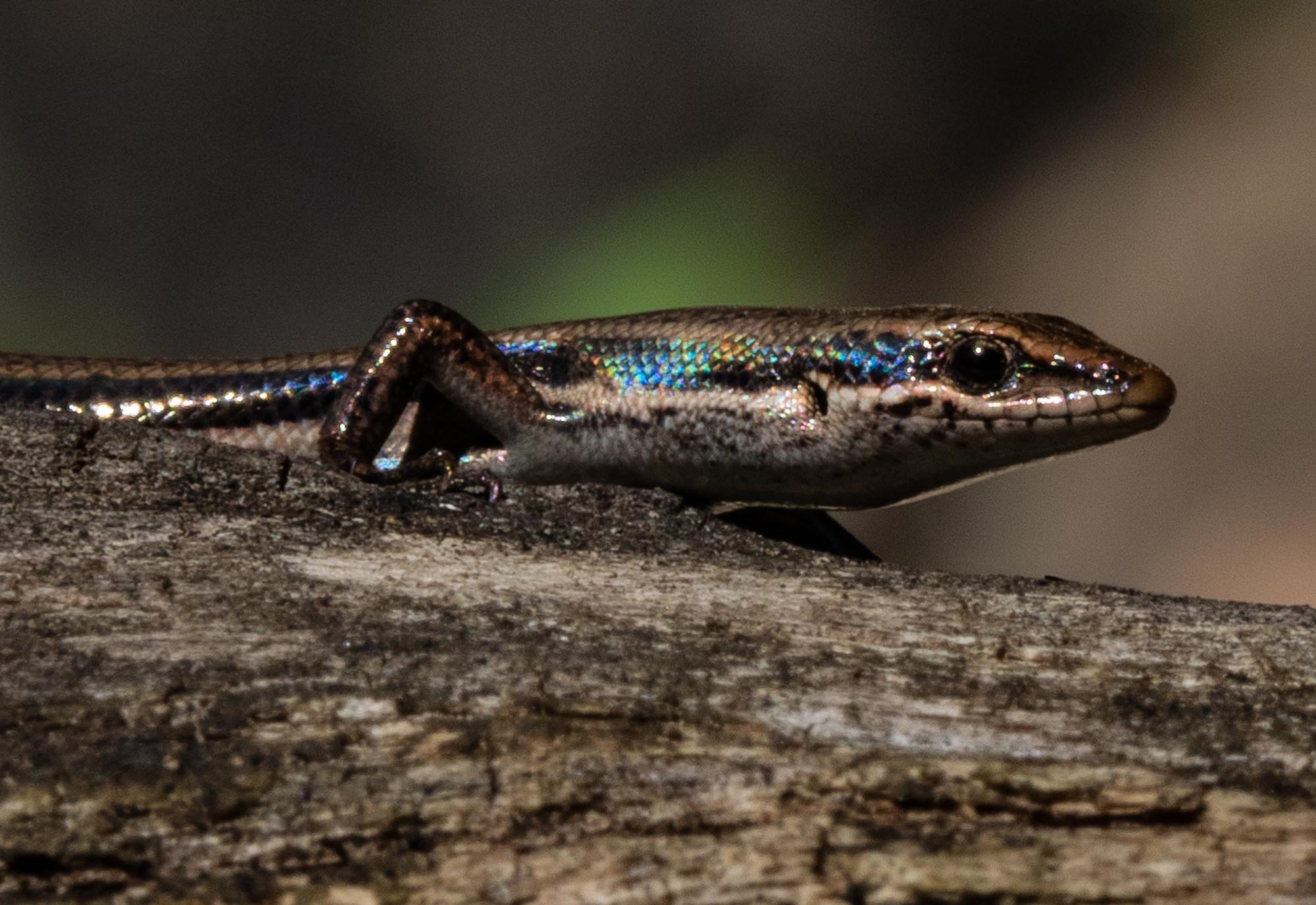
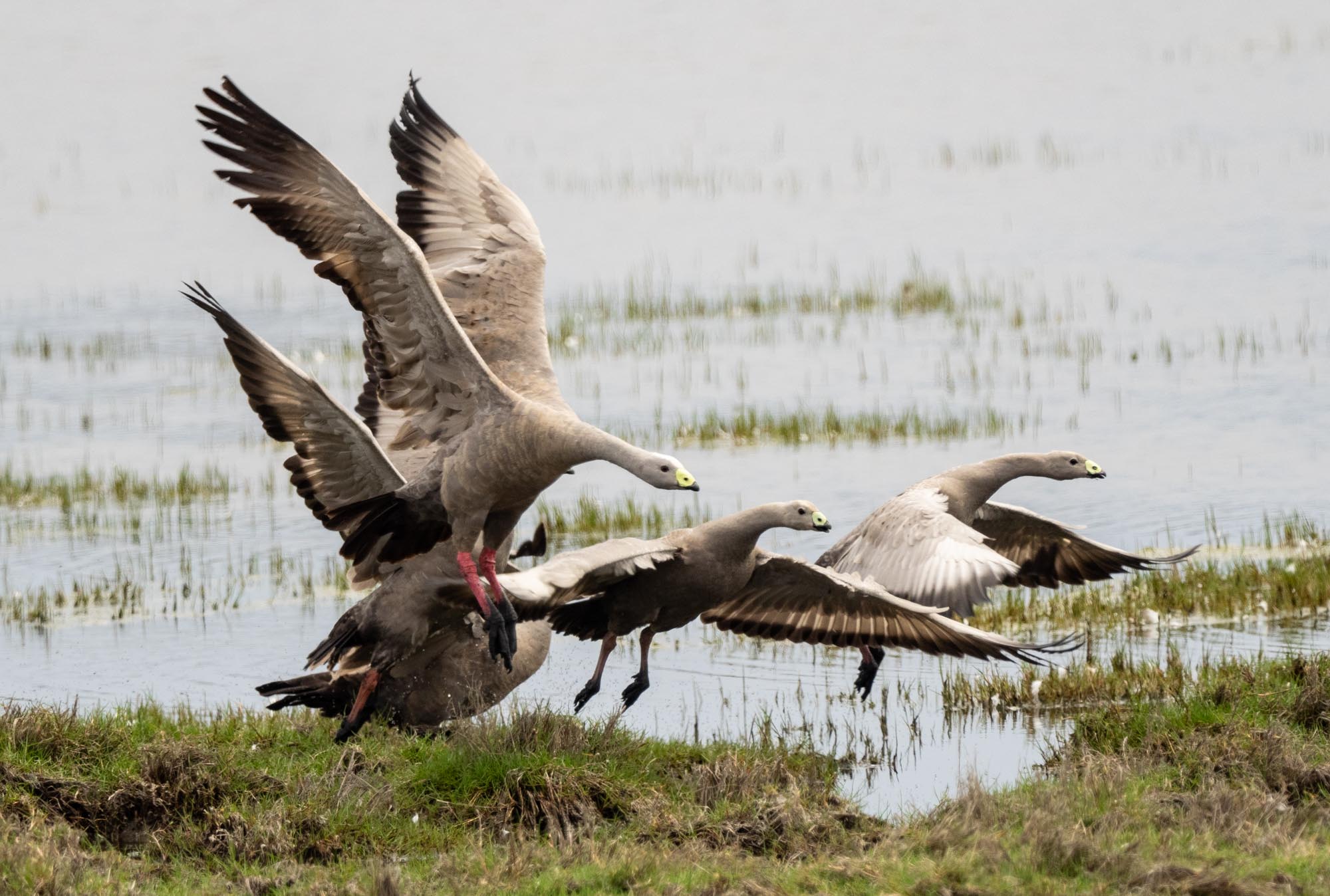



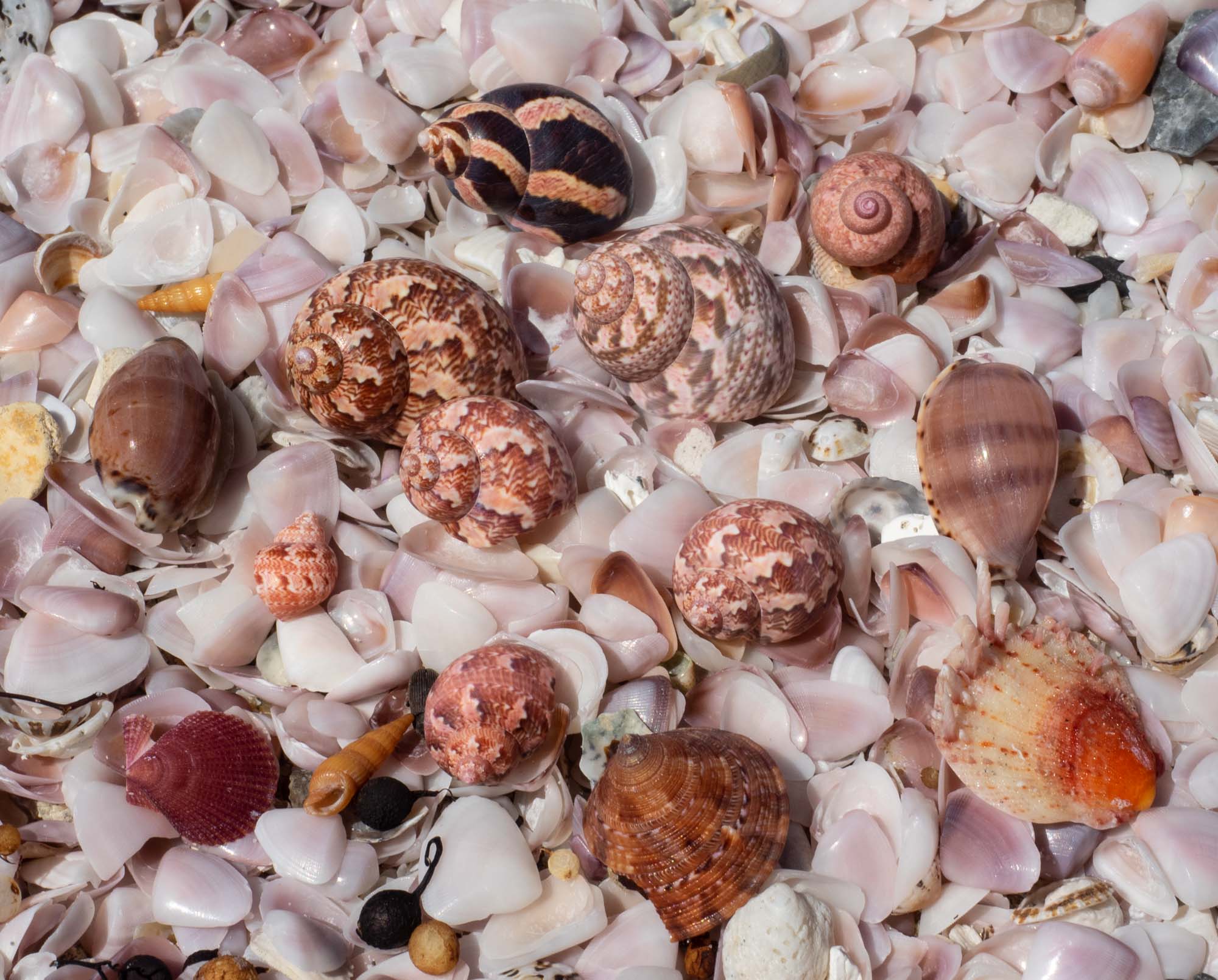
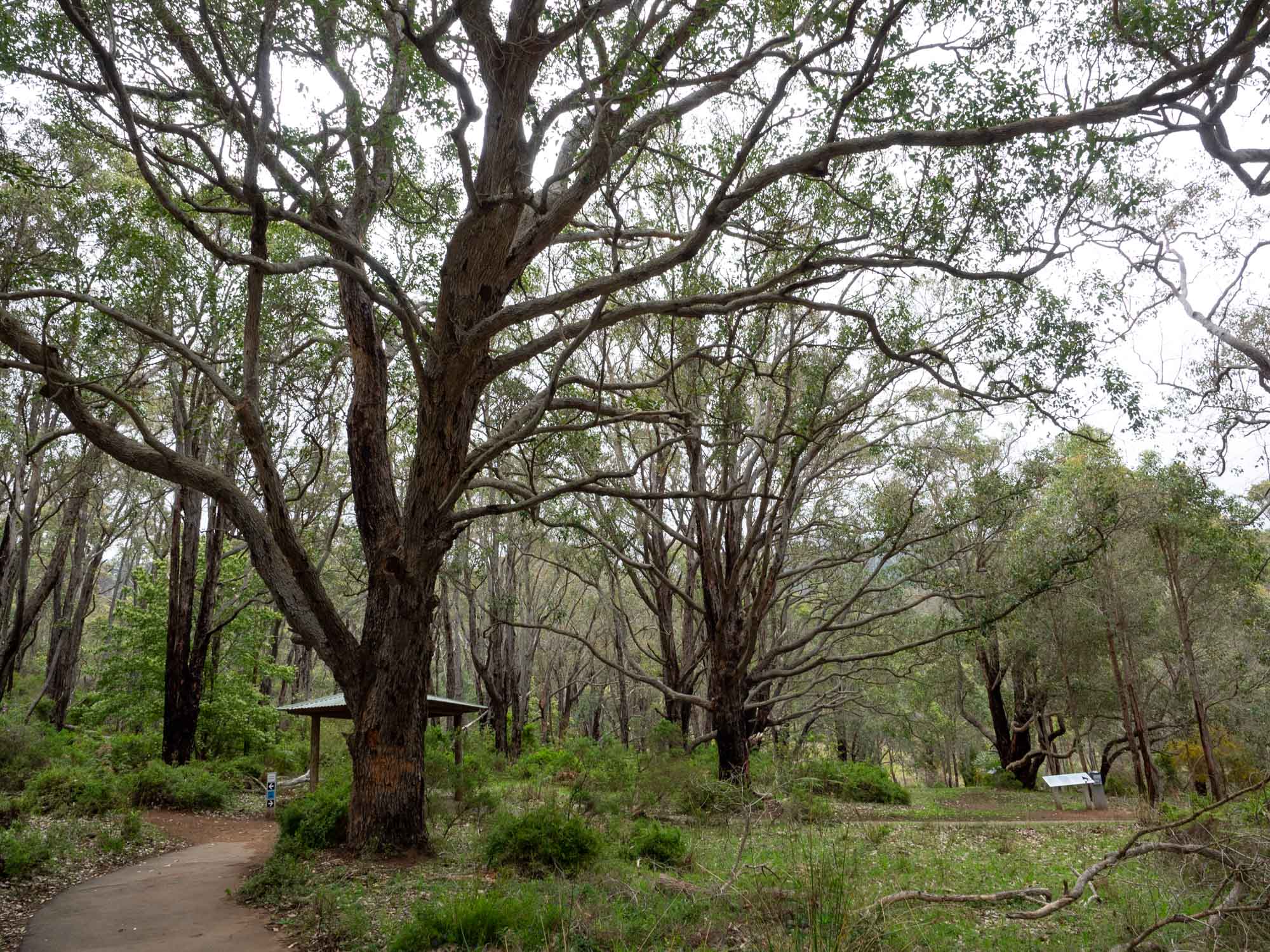
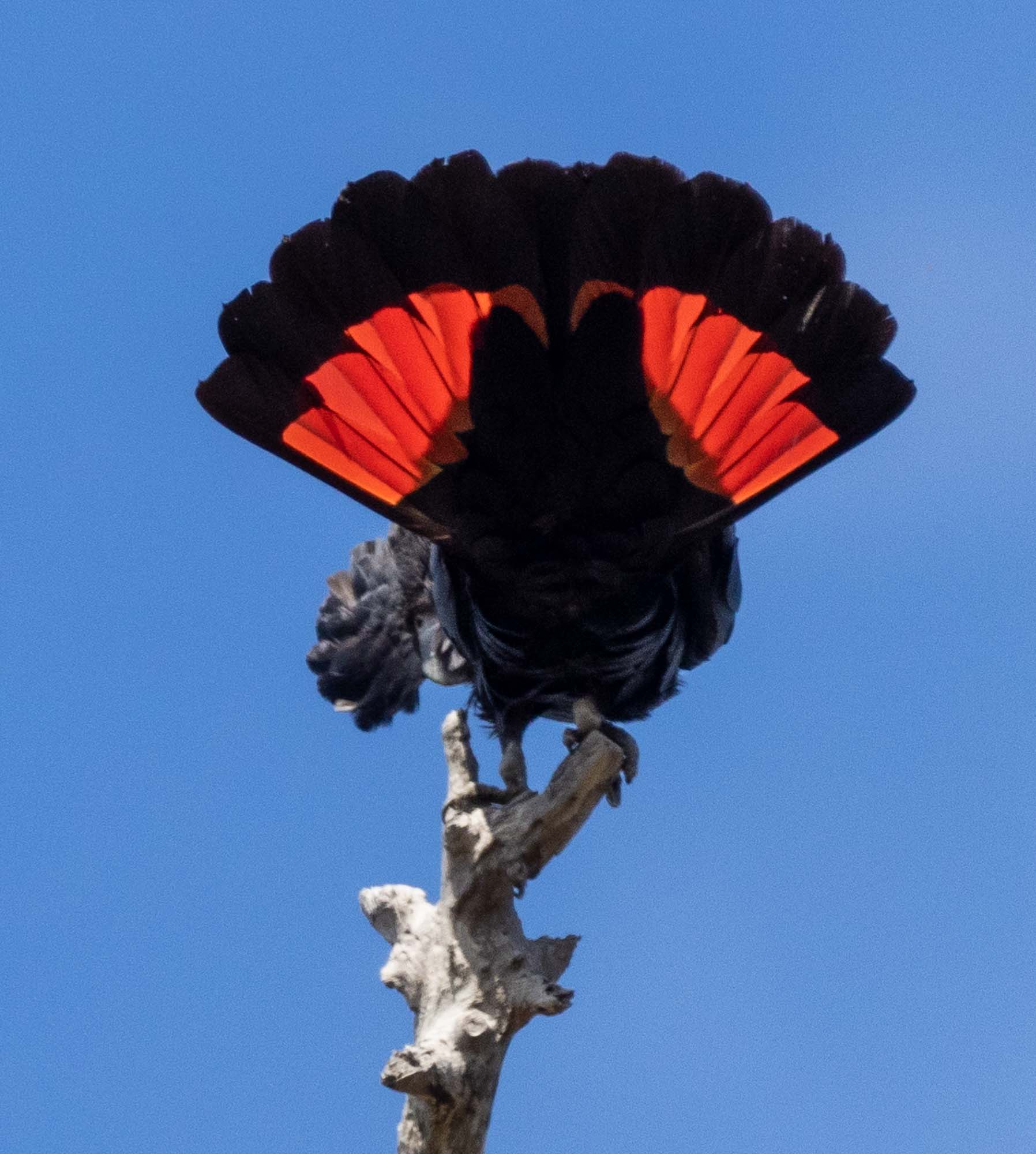
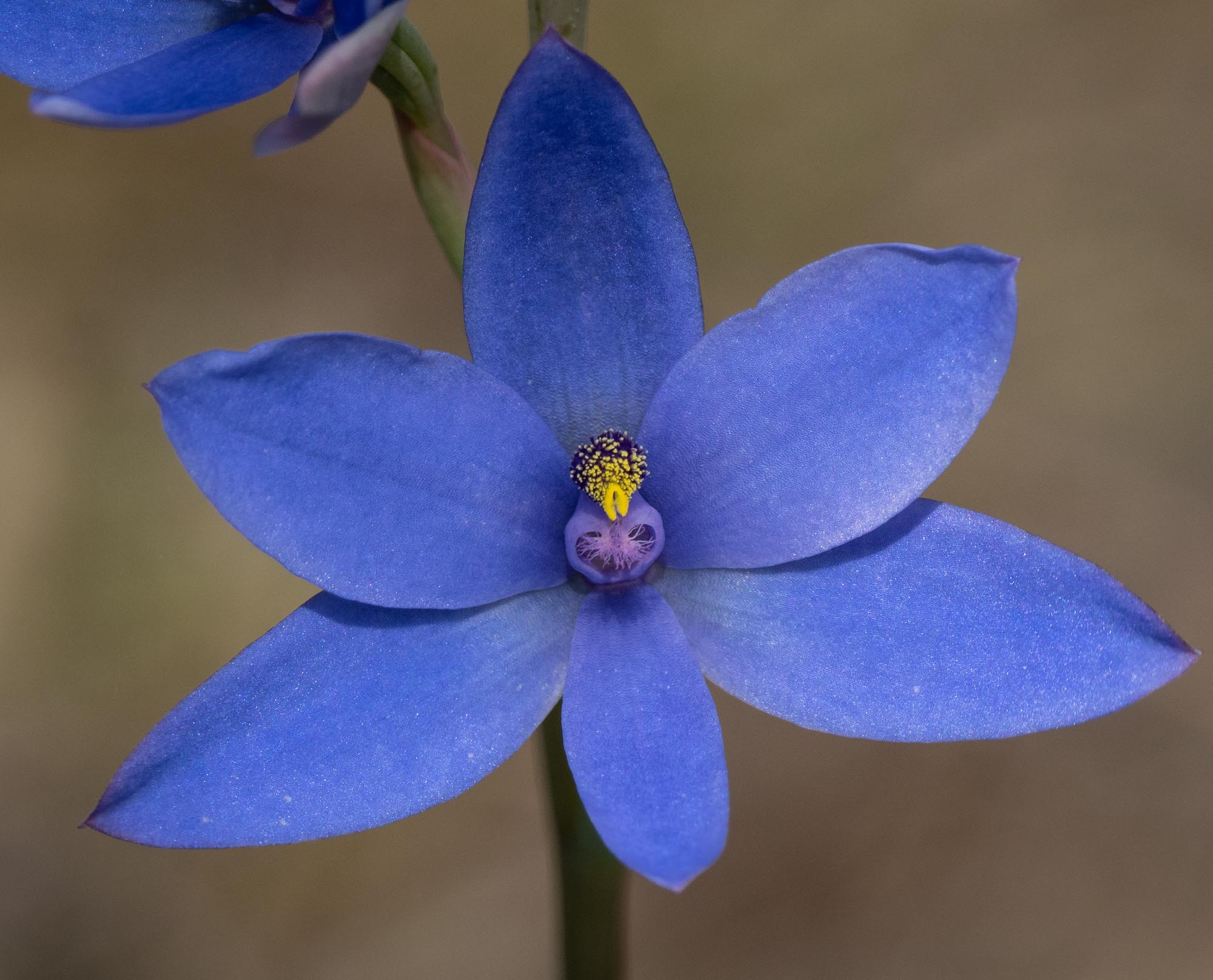
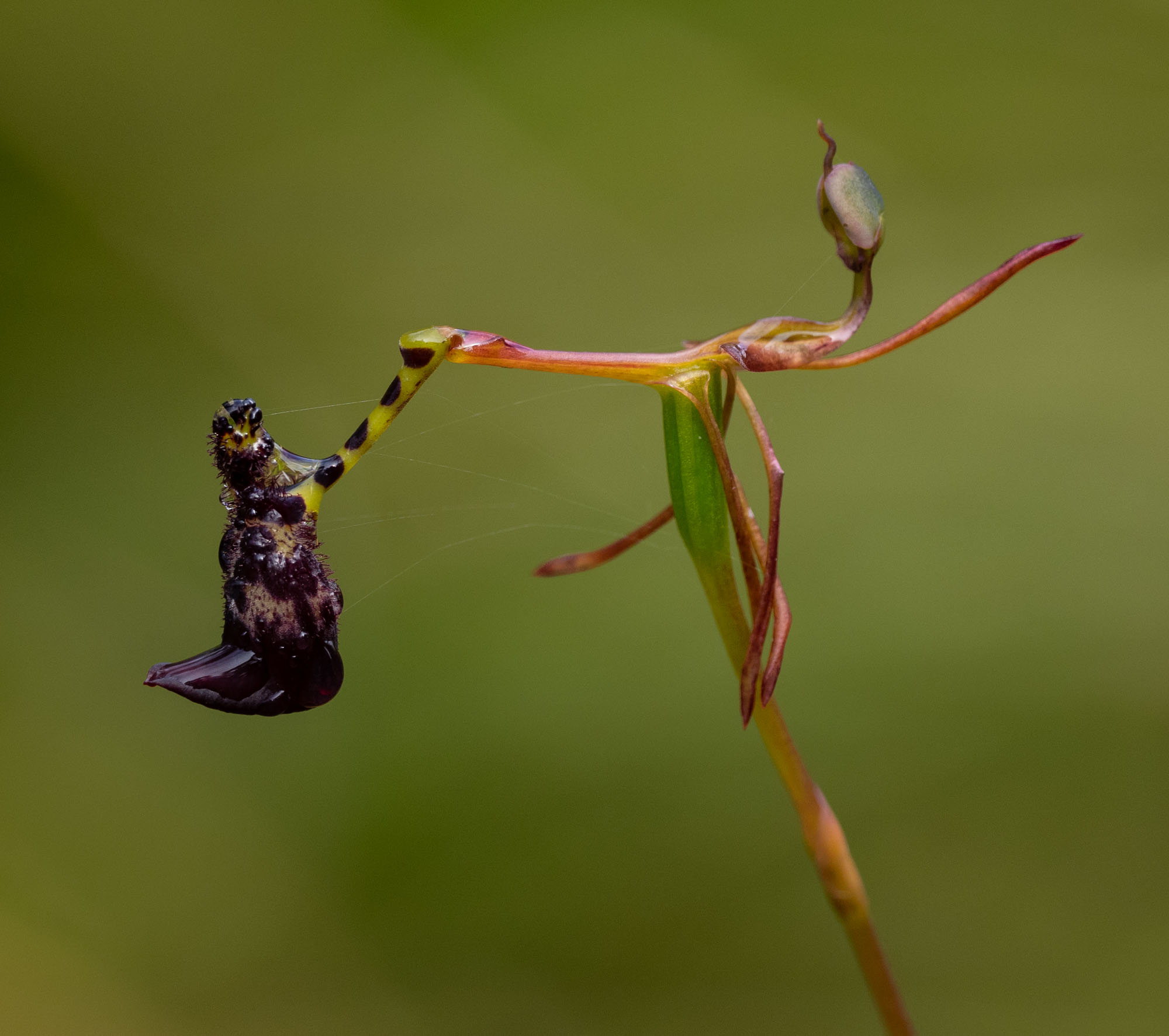
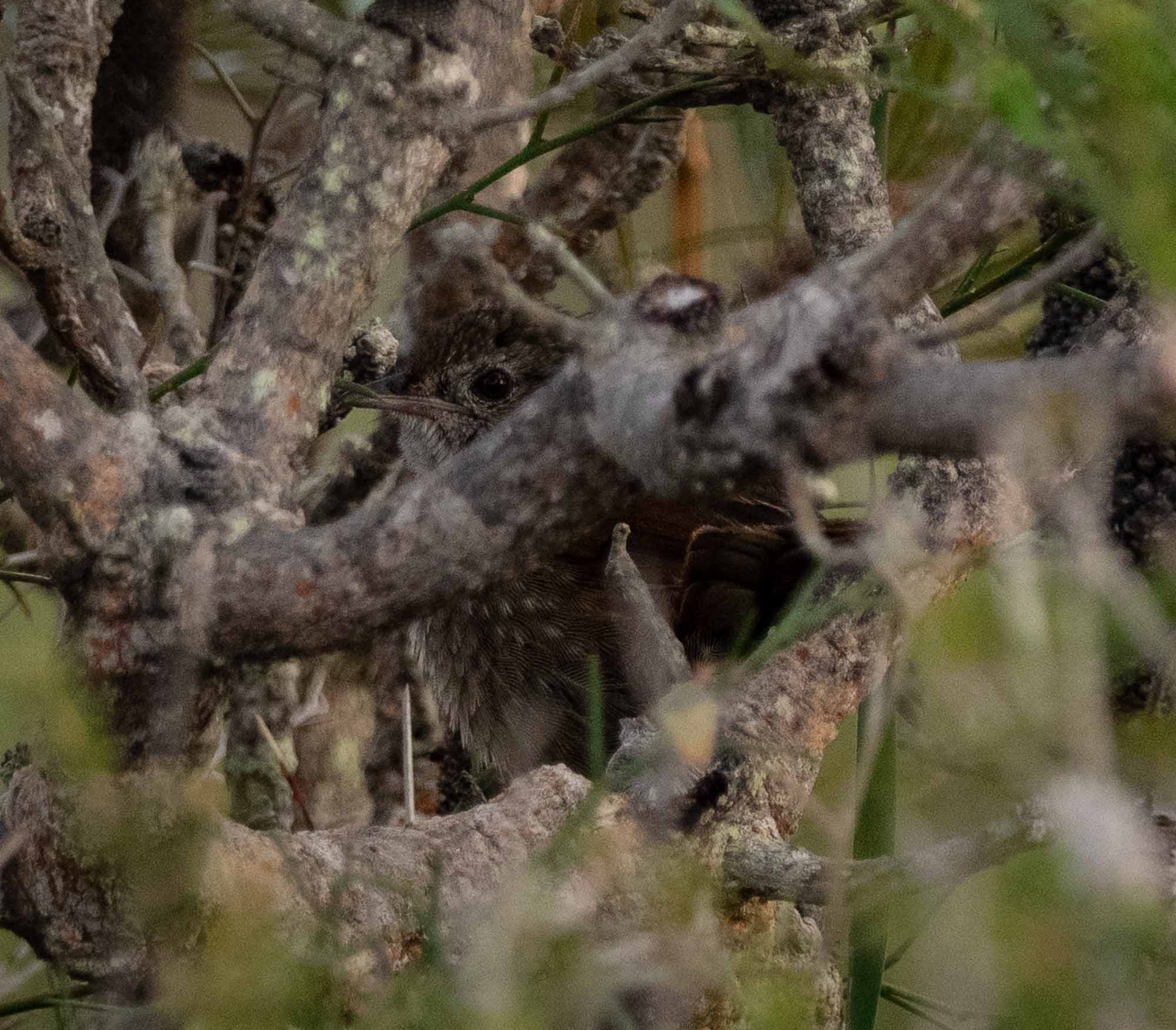


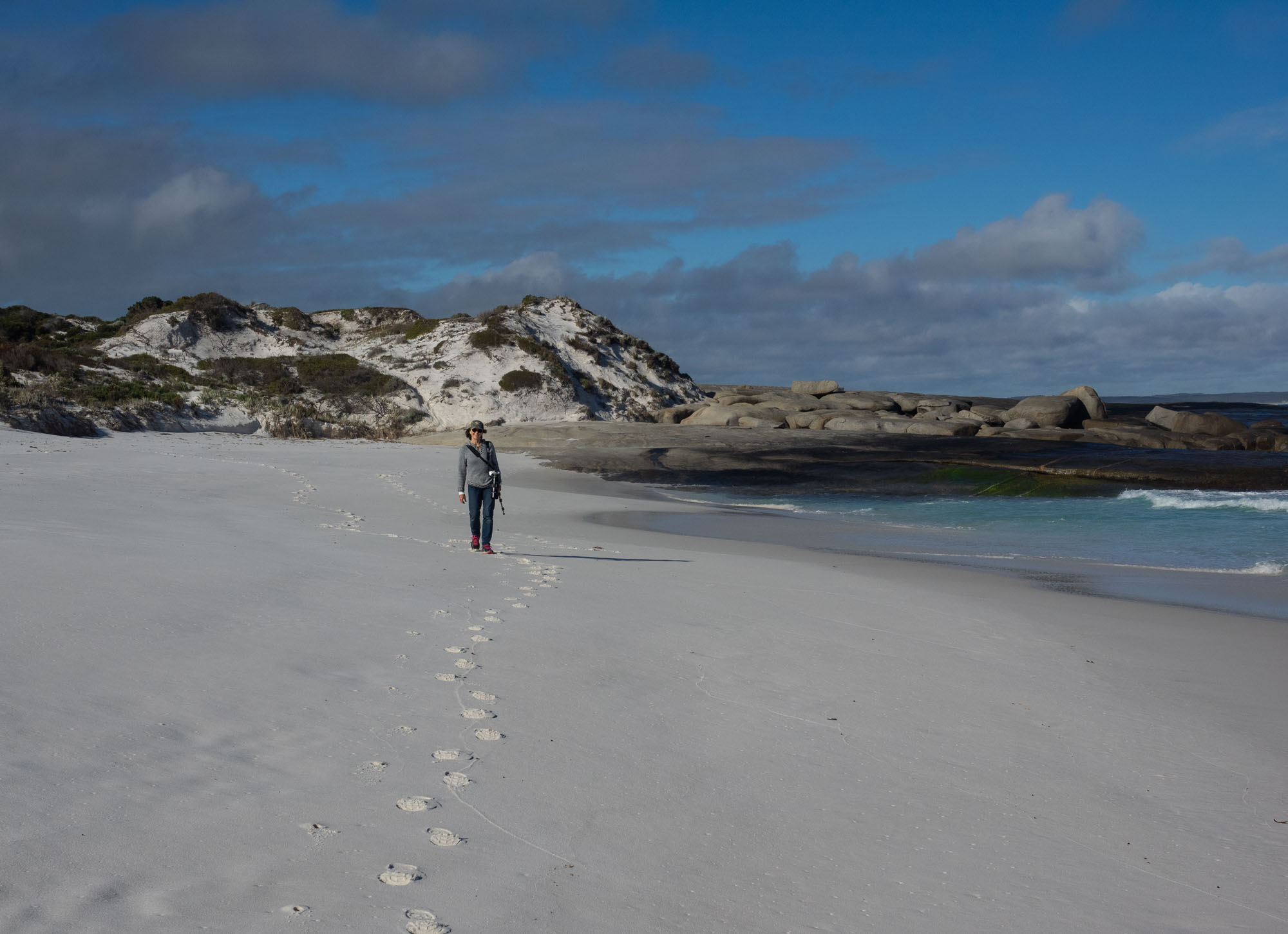
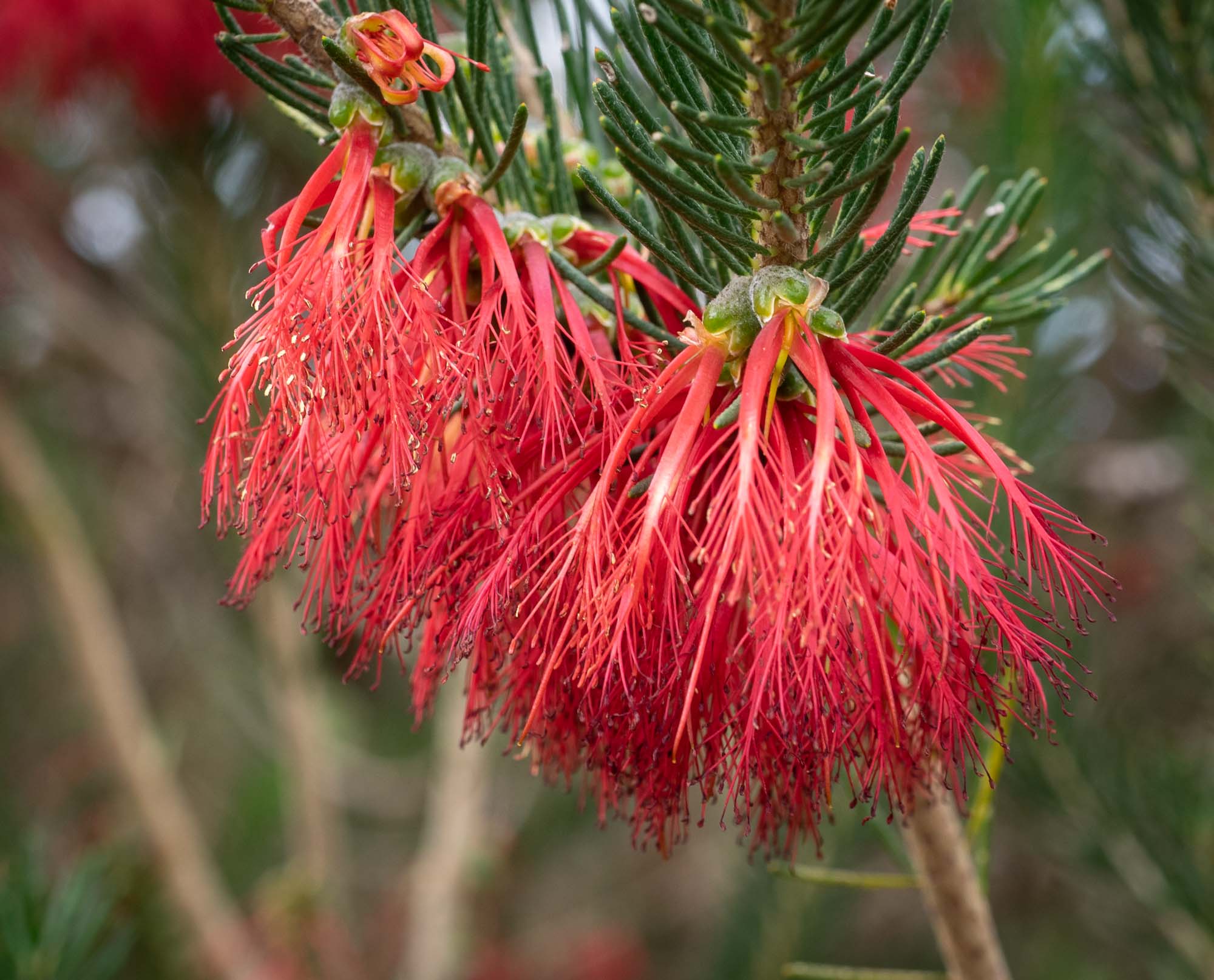
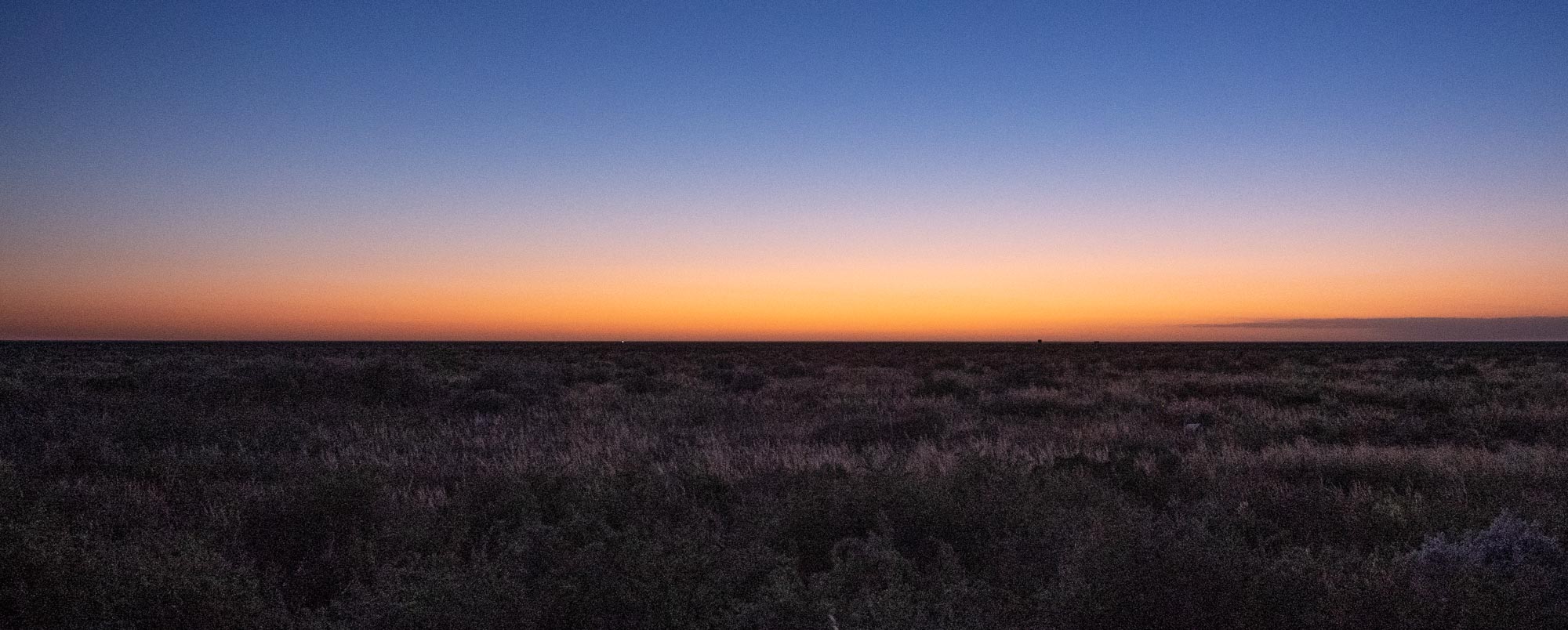
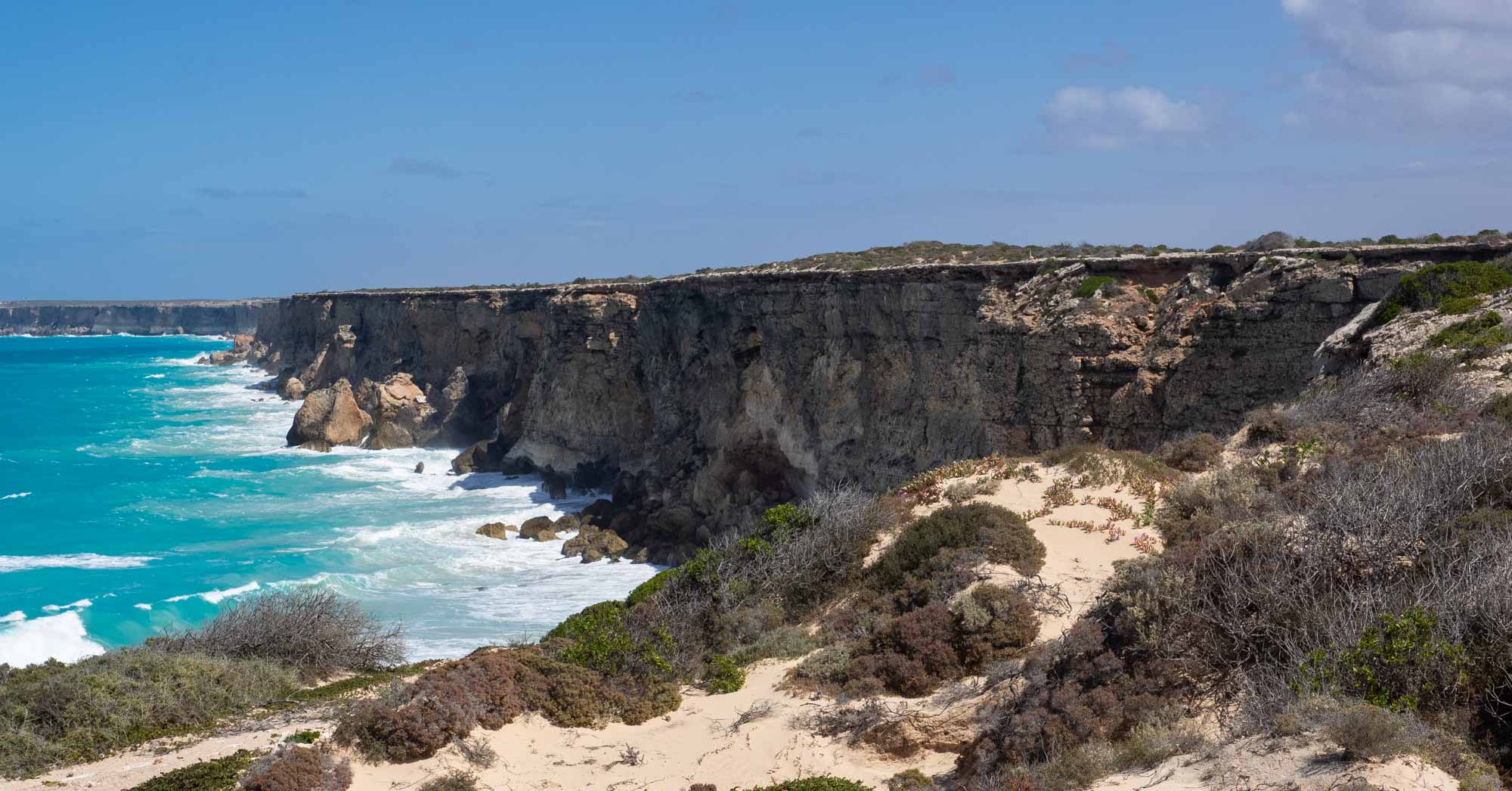




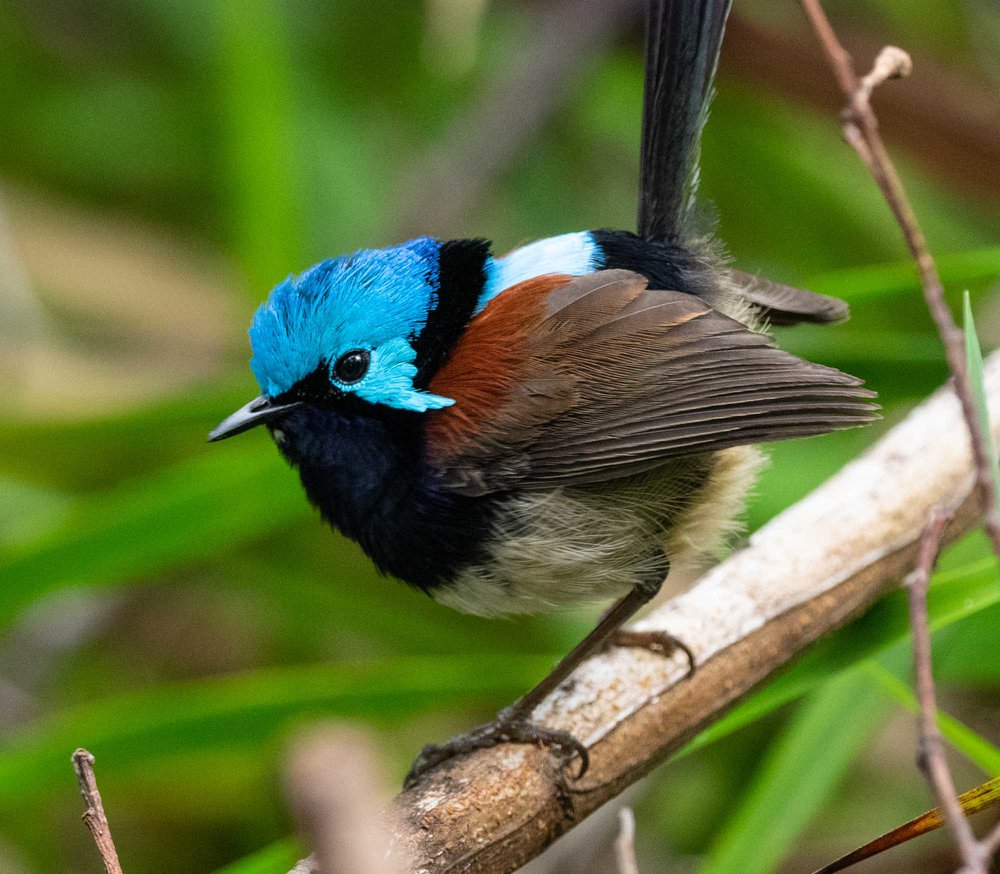
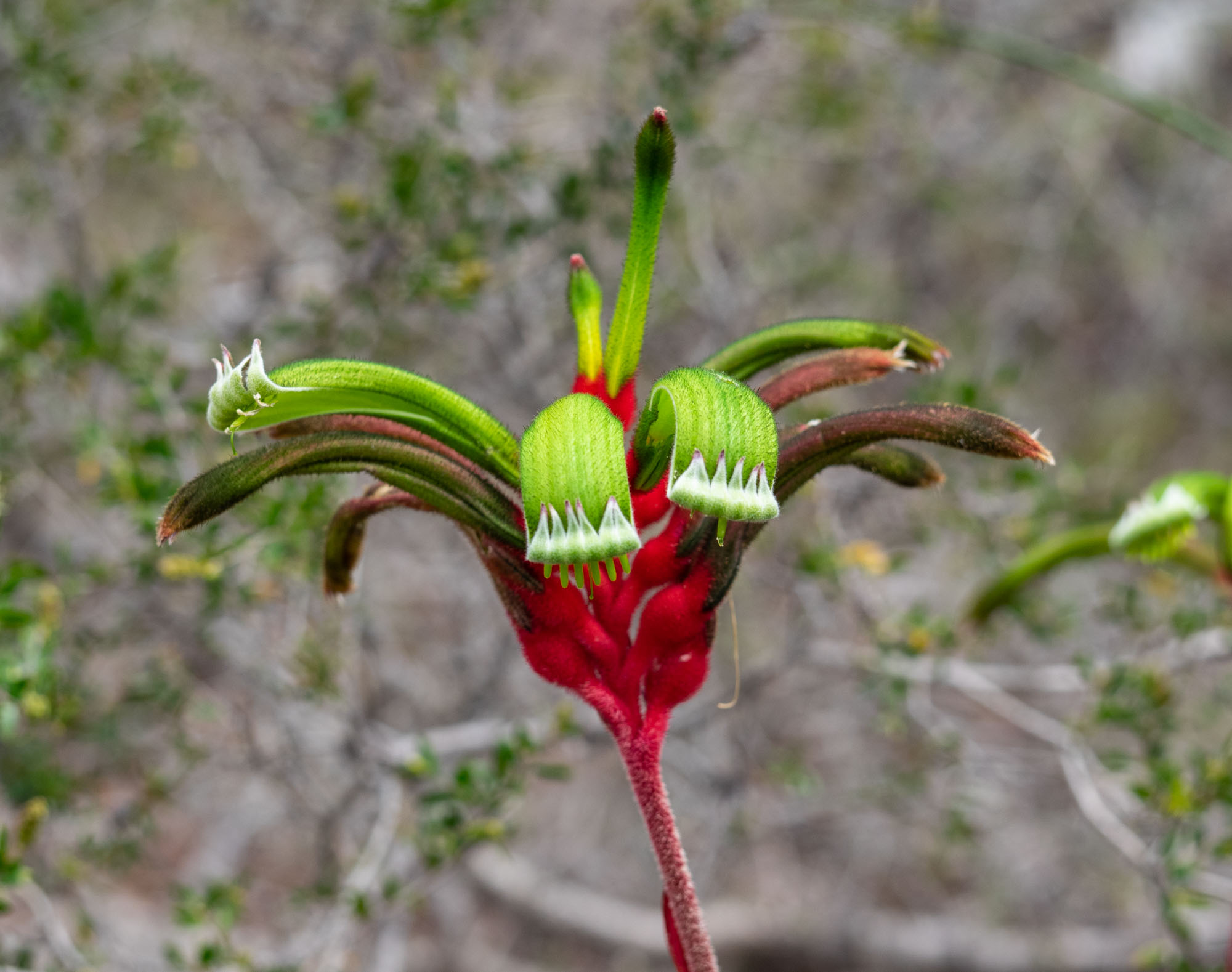
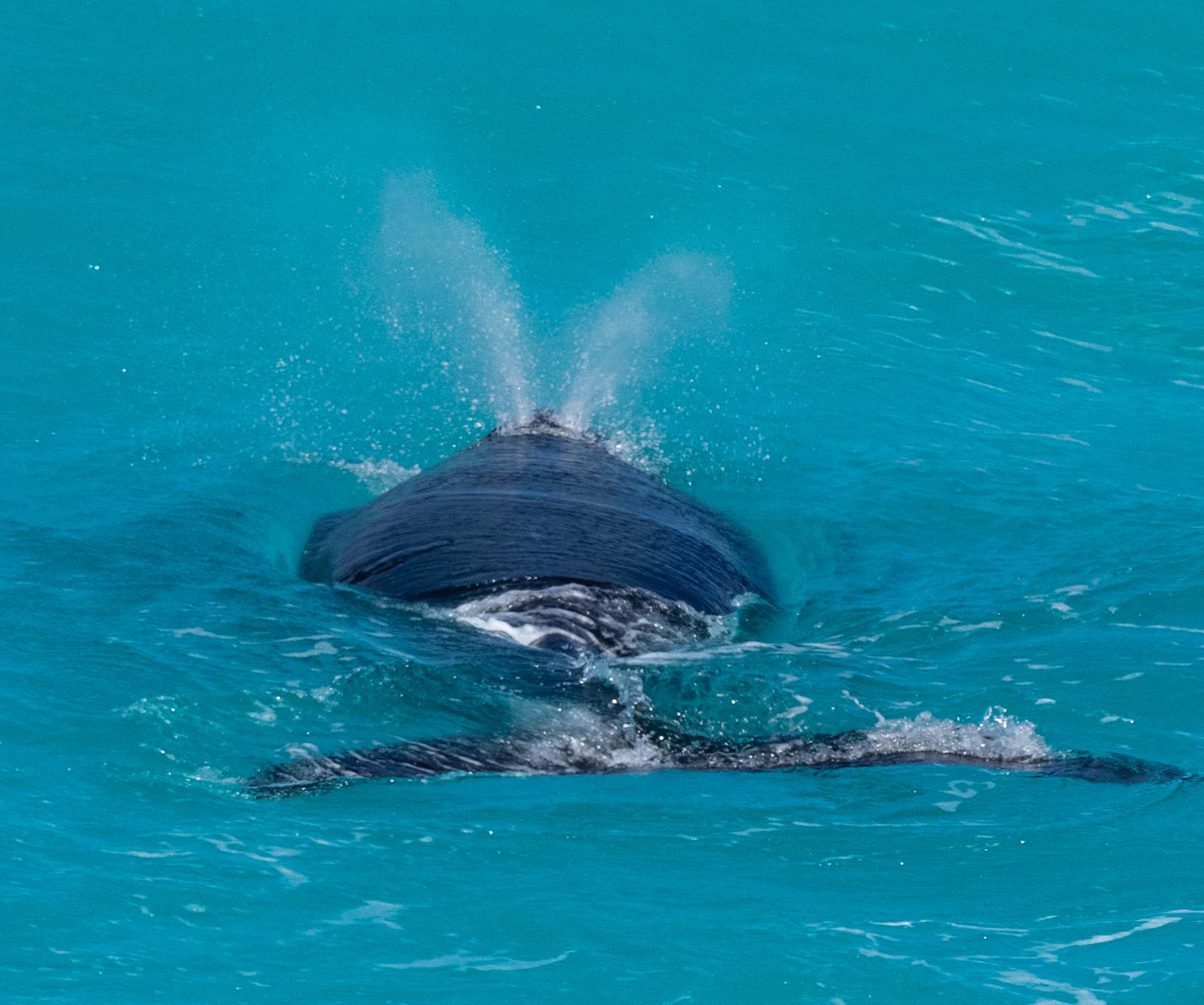
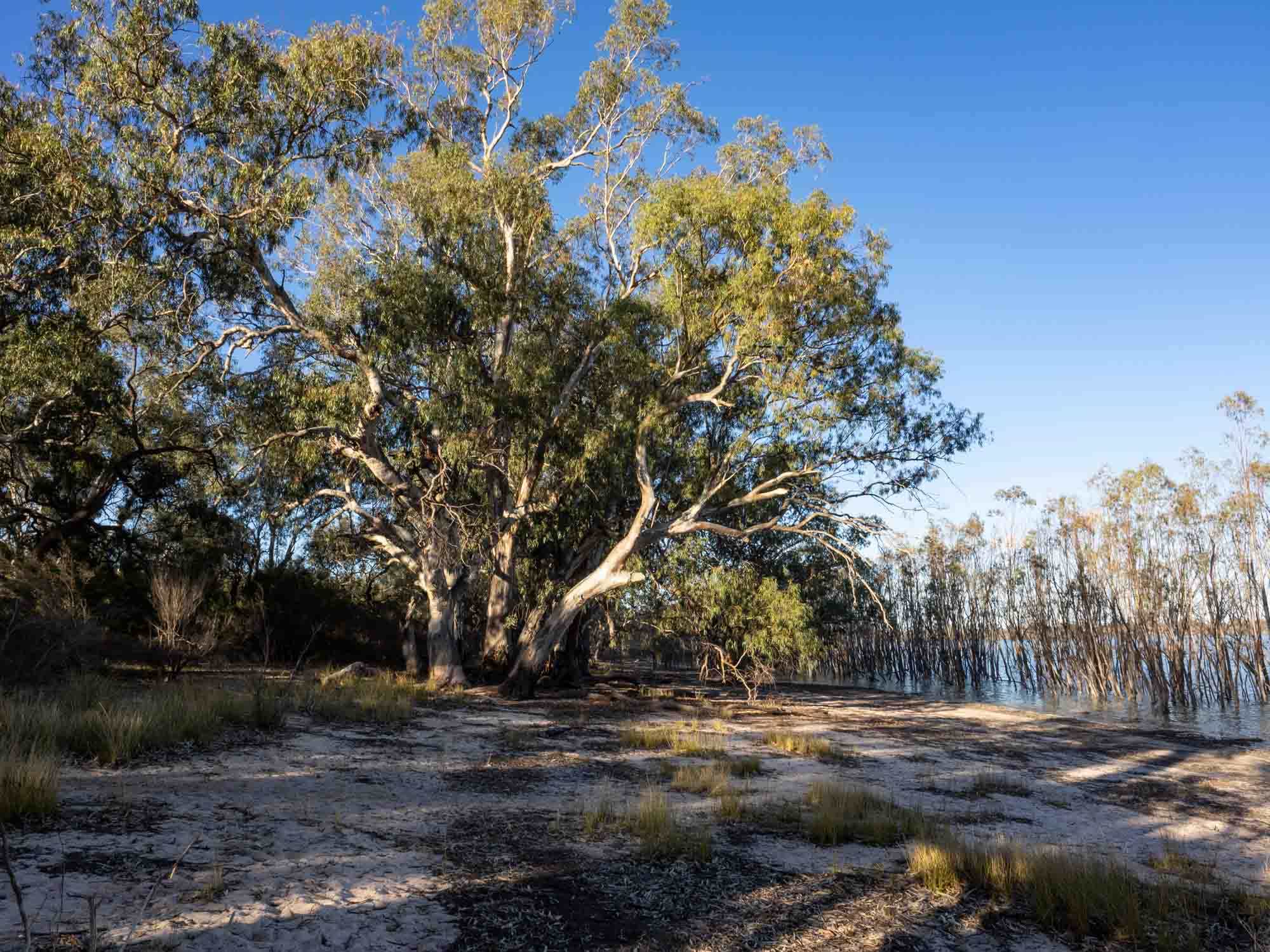
31st October - 4th November: my final post, as we head towards Melbourne.